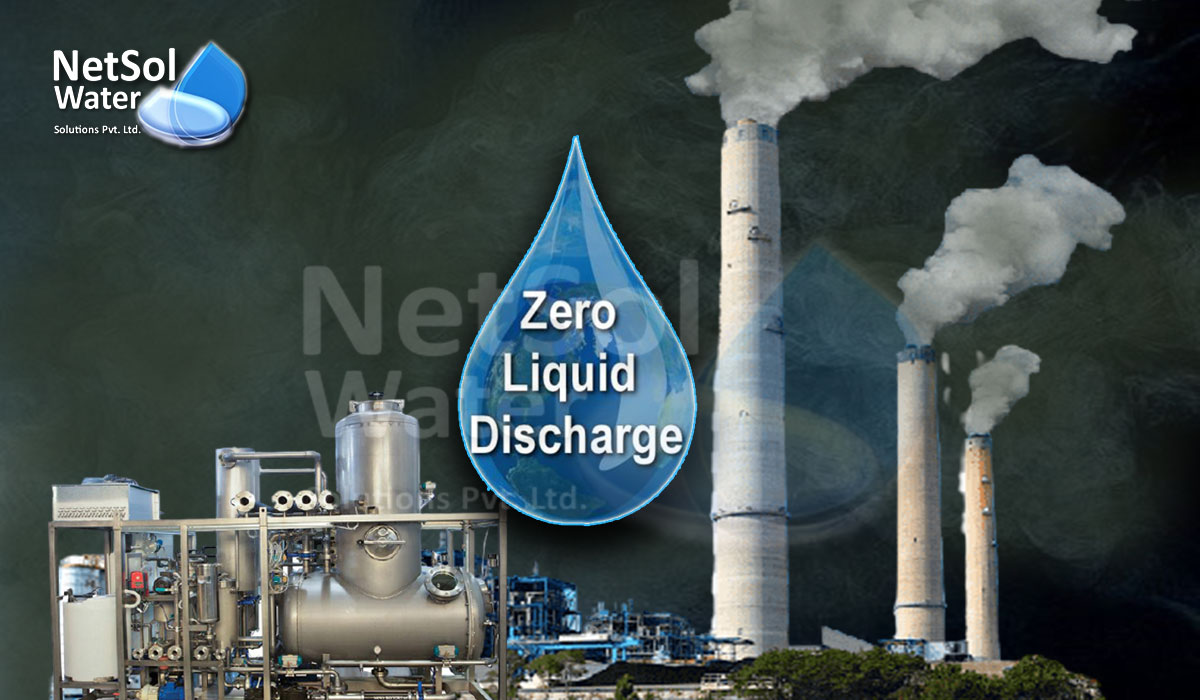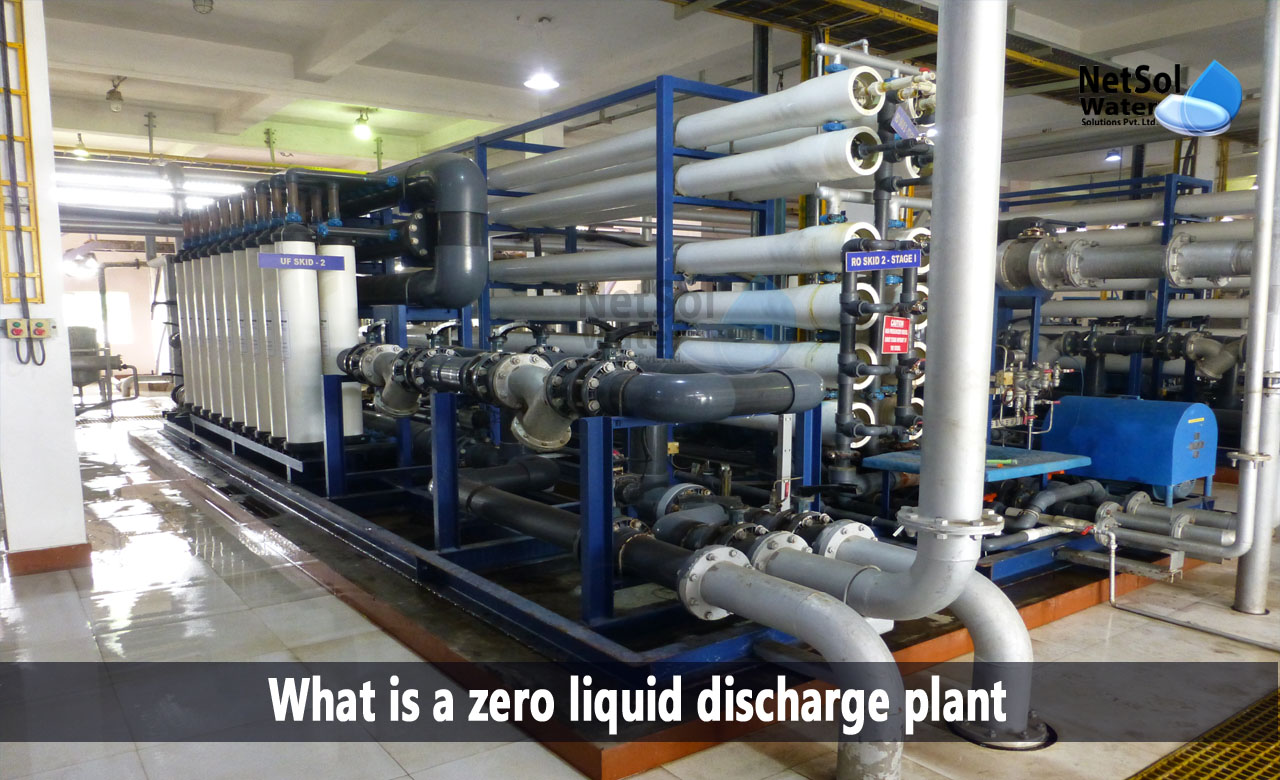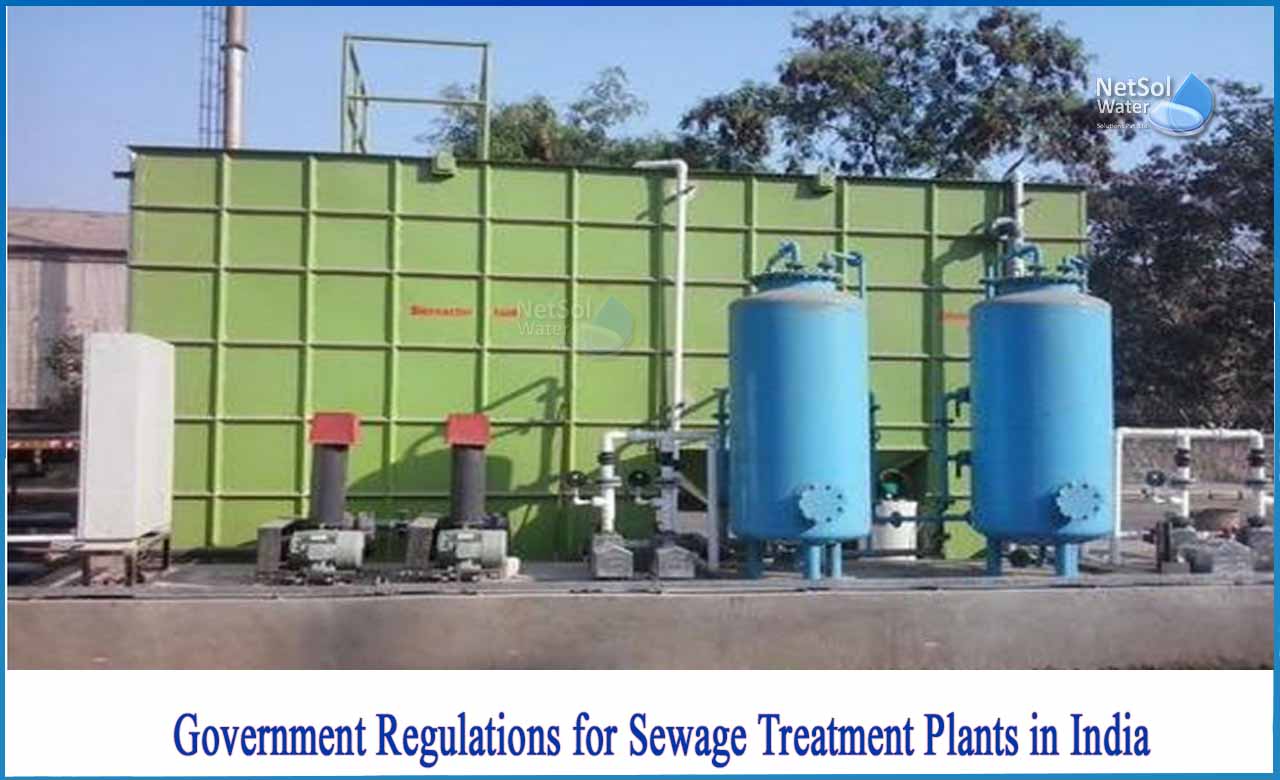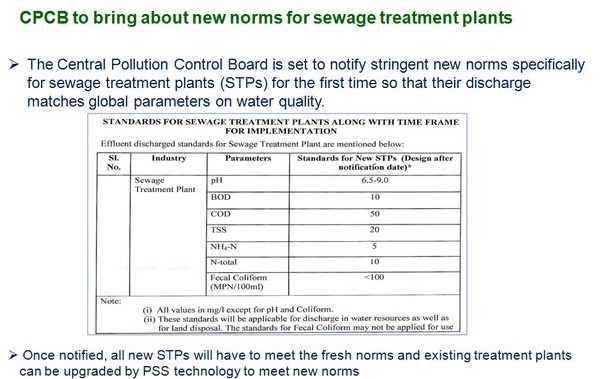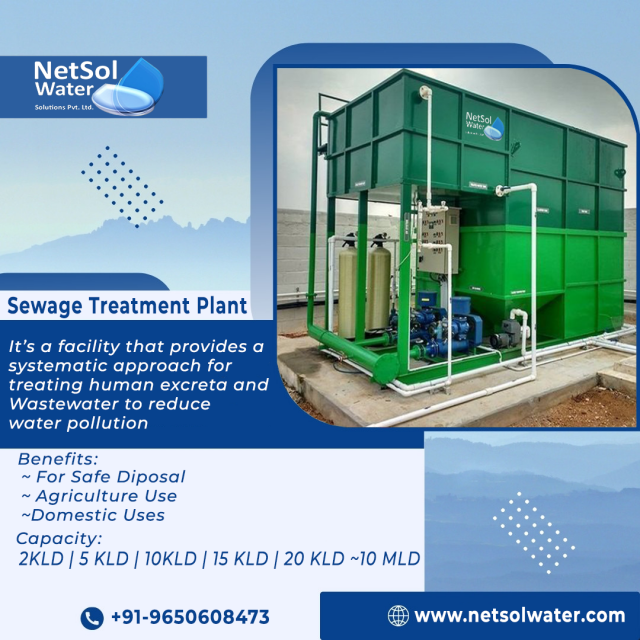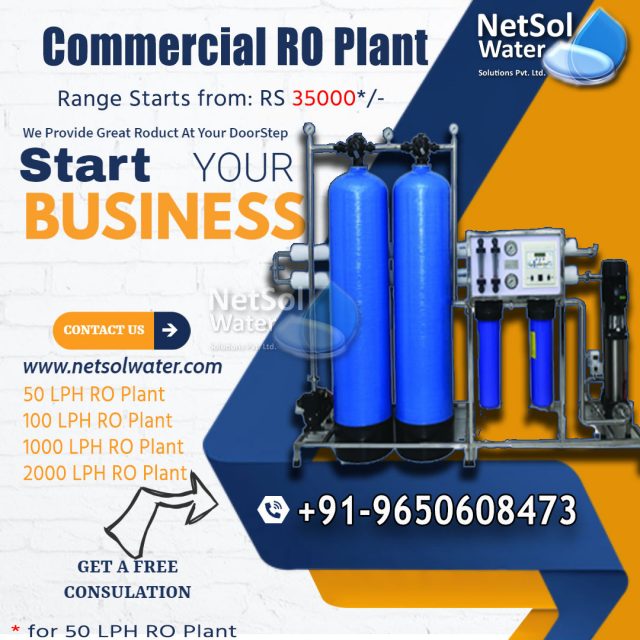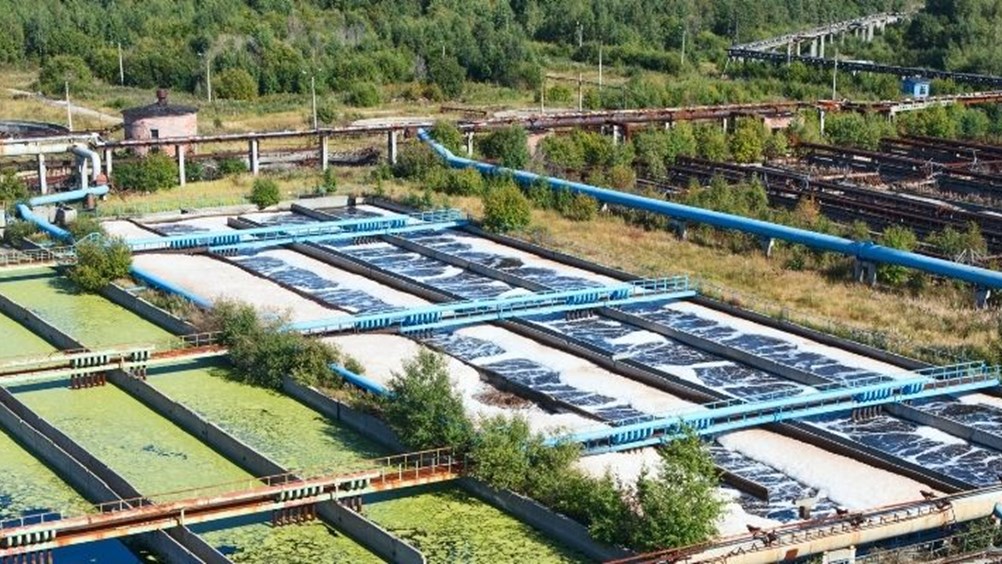How Can STPs Generate More Biogas?
Sewage Treatment Plants (STPs) produce biogas through their wastewater treatment processes. The generation of this renewable energy source enables STPs to power their operations while advancing environmental objectives. Bacteria break down organic matter in wastewater to create methane-rich biogas. STPs now aim to enhance their biogas production capabilities to achieve energy independence. New technologies enable STPs to capture and use this sustainable energy source with greater efficiency. The increasing emphasis on renewable energy has elevated the significance of biogas generation. STPs that enhance their biogas output experience substantial reductions in energy expenses. The use of this clean fuel source also decreases their environmental impact. This approach creates advantages for both environmental preservation and operational cost management. STPs continue to discover innovative methods to increase their biogas production as sustainability becomes more important. Treatment plants achieve superior results when they understand and control the key elements that influence biogas generation.
Optimizing Substrate Management for Enhanced Biogas Production:
The organic material entering digesters determines the potential for biogas production. STPs must implement effective substrate management practices to maximize their biogas output. Operators monitor incoming wastewater characteristics to maintain optimal conditions. The ratio of carbon to nitrogen influences bacterial breakdown of organic matter. Bacteria thrive when digesters maintain consistent temperature control. Bacteria produce more biogas when operators create and sustain ideal conditions for their activity.
- Pre-treatment Methods: Physical pre-treatment transforms complex organic materials into forms that bacteria can digest more easily. Operators use mechanical grinding to create more surface area for bacterial activity. Thermal pre-treatment techniques break open resistant cell walls within organic matter. These preparation steps accelerate the digestion process to increase gas production.
- Mixing Systems: Effective mixing enables bacteria to access all available organic material. Operators select mixing technologies based on their specific digester designs. Mechanical mixers distribute motion throughout the entire tank volume. Operators circulate produced biogas through the mixture to create movement. Strategic mixing prevents areas of reduced digestion activity.
Advanced Digester Technologies for Maximum Output:
Contemporary digesters incorporate advanced systems to establish perfect conditions for biogas formation. Treatment plants extract additional energy from waste through these technologies. Operators enhance performance by understanding the functions of various digester types. Recent developments focus on achieving greater efficiency and dependability.
- Temperature-Phased Systems: The two-stage digestion process separates bacterial groups to enhance their performance. Higher temperatures in the first stage break down complex materials. The second stage completes processing at lower temperatures. This method achieves significant increases in overall biogas production.
- Co-digestion Strategies: The addition of external organic waste enhances biogas production capacity. Operators process food waste to provide excellent co-digestion material. Agricultural waste serves as an effective additional substrate. The careful management of combined feedstocks maintains stable digestion conditions.
Process Monitoring and Control Optimization:
Advanced monitoring systems track essential parameters that affect biogas production. Operators use this information to make informed operational decisions. Testing demonstrates process effectiveness. Swift responses to changing conditions maintain system stability.
- Real-time Monitoring: Sensors measure critical factors including pH and gas composition. Computer systems identify potential issues through data analysis. Automatic systems adjust conditions to maintain optimal performance. This approach prevents disruptions that might decrease gas production.
- Performance Analysis: Testing reveals the efficiency of biogas production systems. Operators identify improvement opportunities by tracking key metrics. Data analysis uncovers patterns that influence production levels. This knowledge shapes operational strategies.
Take Action for Better Water Treatment:
You can generate more biogas at your STP. Our team will help you optimize your biogas production systems. Contact us to discover methods to increase your renewable energy output. Our experts will evaluate your current operations and propose enhancements. We will work with you to improve your STP’s energy efficiency and environmental performance.
To explore customised commercial RO plants, Industrial RO plant, ETP or STP solutions for your needs in your areas and nearby regions, Contact Sewage Treatment Plants at:
Phone: +91-965-060-8473
Email: enquiry@netsolwater.com







